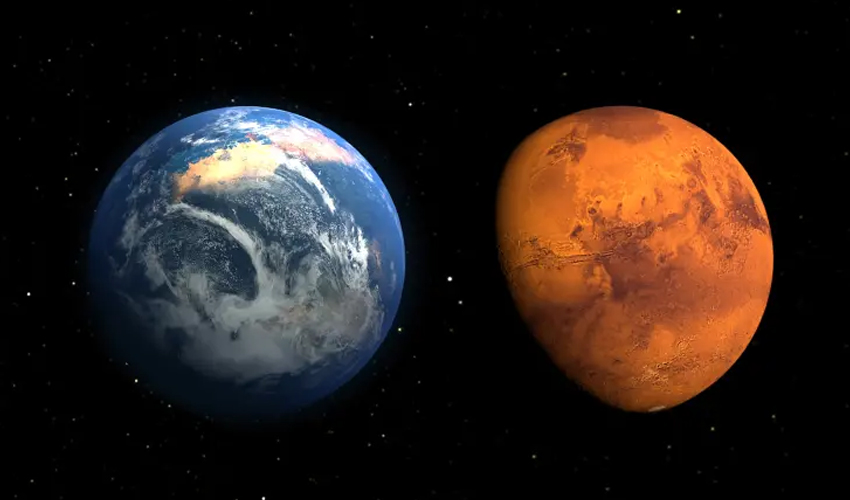In an era where our impact on the environment seems more pronounced than ever, a groundbreaking discovery by researchers from the University of York has thrown the archaeological community into a whirlwind of contemplation and concern. For the first time, microplastics have been detected in ancient soil samples, some dating back to the first or second century CE. The presence of these tiny plastic fragments, buried over seven meters deep, challenges the once-assumed pristine nature of archaeological sites and raises profound questions about the preservation of historical artifacts and their potential impact on future archaeological investigations.
This study, which analyzed both contemporary and archived soil samples, unveiled a total of 16 different types of microplastic polymers. This widespread presence of plastic contamination highlights the pervasiveness of plastic pollution, reaching even into the seemingly untouched layers of the past. The findings, published in the journal Science of the Total Environment, underscore a new reality that may force archaeologists to re-evaluate their methods for preserving and analyzing ancient remains. The research, carried out by the universities of York and Hull and supported by the educational charity York Archaeology, marks a significant moment in acknowledging the extent of our environmental footprint.
Microplastics, defined as tiny pieces of plastic no larger than five millimeters—roughly the size of a sesame seed—form when larger plastics break down, either by chemically degrading or physically wearing down into smaller pieces. Interestingly, these were also commonly used in some beauty products until around 2020. As conversations about their proliferation in the world spike, this discovery adds another layer of urgency to address the environmental and health concerns associated with microplastics.
The implications of this study are vast. While preserving archaeological remains in situ has been the favored approach in recent years, the new findings suggest that microplastic contamination could compromise the scientific value of these remains. Professor John Schofield, from the University of York’s Department of Archaeology, described this as “an important moment,” confirming the need to reconsider what were previously thought to be pristine archaeological deposits. He emphasized that the historic heritage now seen to incorporate toxic elements, such as plastics, complicates the evidential value and national importance of these deposits.

David Jennings, chief executive of York Archaeology, further elaborated on the concerns, particularly regarding the best-preserved remains like the Viking finds at Coppergate in the city of York. These were preserved in an anaerobic waterlogged environment for over 1,000 years, which maintained organic materials incredibly well. However, the presence of microplastics can change the chemistry of the soil, potentially introducing elements that could cause organic remains to decay. This poses a significant challenge to the current practice of preserving archaeology in situ.
The discovery of microplastics in historic soil samples is a stark reminder of the enduring legacy of human activity on the planet. It also serves as a call to action for both the archaeological community and society at large to address the implications of plastic pollution. As we move forward, this finding may indeed reshape how we preserve archaeological treasures, urging a shift towards more sustainable practices that consider not only our past but the future of our planet.
We stand at this juncture, the question lingers: How do we tackle the issue of microplastics in our exploration of human history? The road ahead is unclear, yet it’s evident that our bond with nature is deeply connected to our past. Unearthing microplastics in ancient artifacts serves as a stark reminder of how our present choices influence the historical narrative, urging us to reassess our behaviors and their enduring consequences.





